Abstract
Most exposure to low-level ionizing radiation, both diagnostic x-rays and nuclear radiation, occur in the range between 100 milirads and 10 rads--the "one rad range". In the past, the estimates of hazards in this range have been obtained by linear extrapolation from data on persons who were exposed to much higher dosages, generally in the centirad range used in radiotherapy of non-malignant disease. This article presents the first dosage response curve for the one rad range ever to be developed directly from data on men exposed to ordinary diagnostic radiation. The findings are based on approximately 220 men with non-lymphatic leukemia and more than 270 random-sample controls from the Tri-State Survey. The new findings suggest that the estimates previously obtained by extrapolation from high dosage levels to low dose levels underestimate the actual hazards by an order of magnitude. The new dosage response curves indicate that linear extrapolation fails because it disregards the subgroups in the general population that are particularly vulnerable to x-ray. There are immediate implications concerning the use of medical x-rays in screening or for routine purposes. The past risk-benefit calculations are based on extrapolative estimates and require drastic revision. Uses of x-ray which were previously marginal are now clearly counterindicated.
Full text
PDF

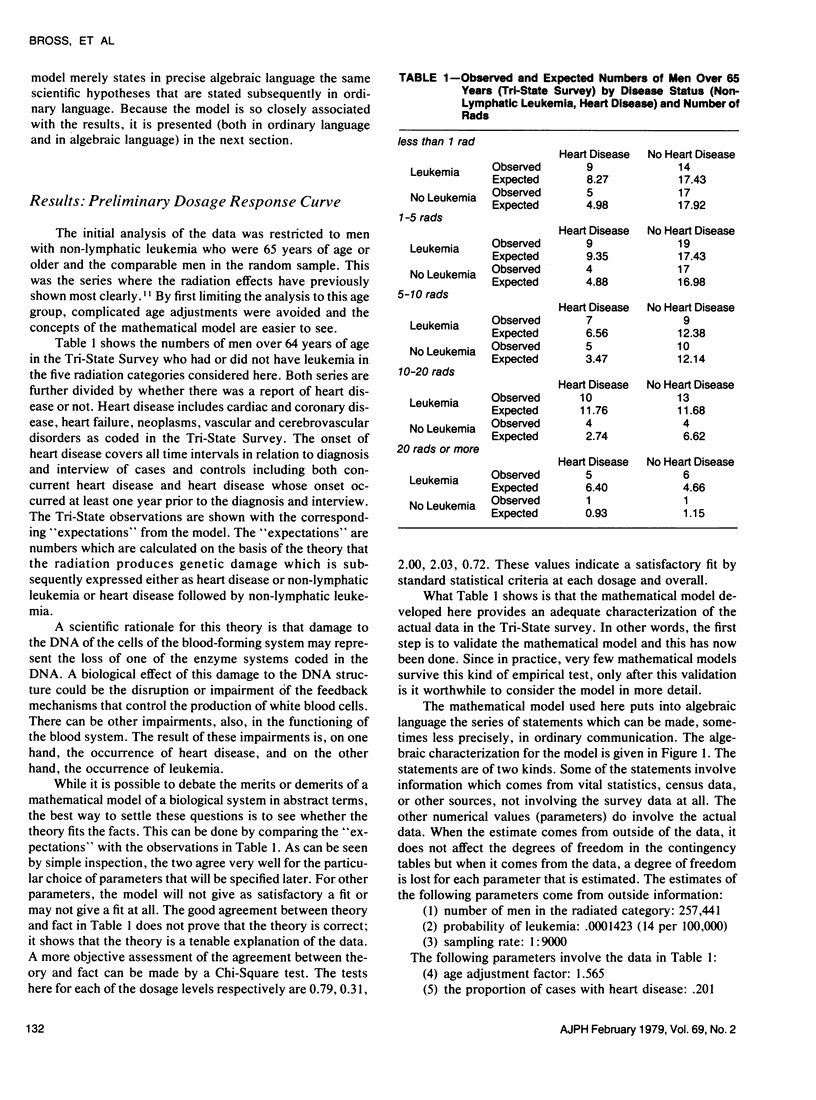
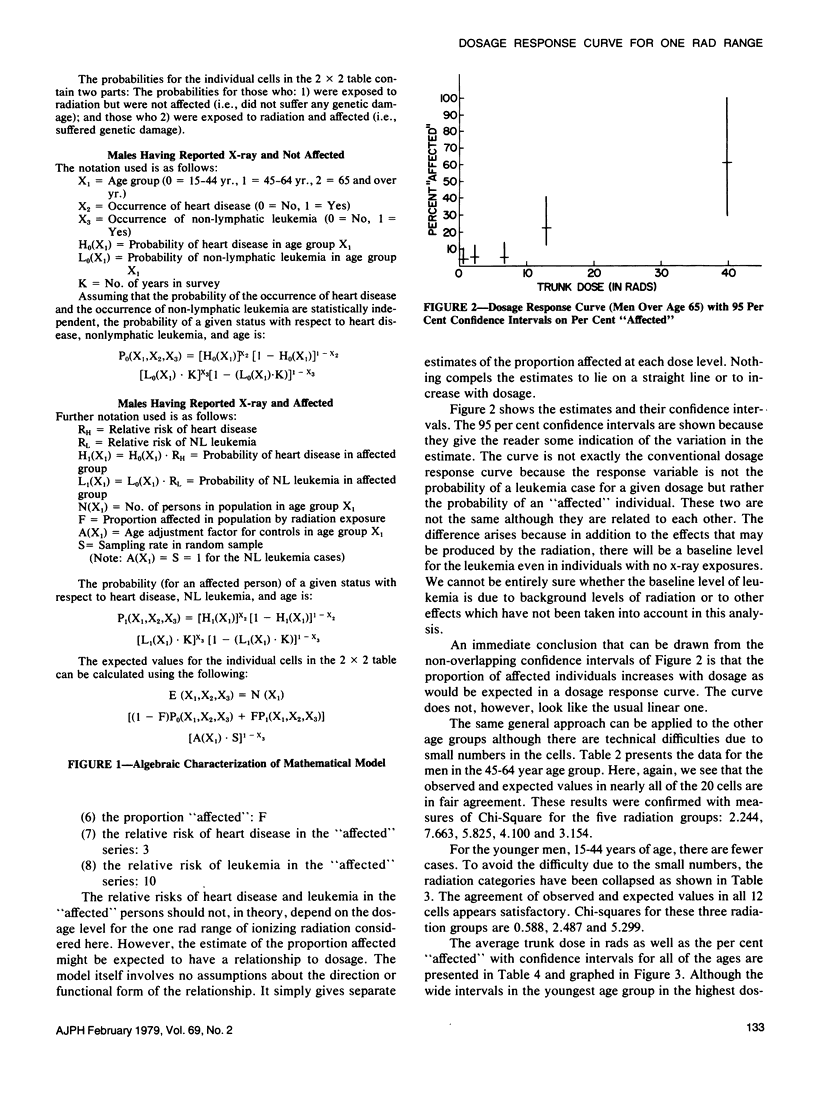
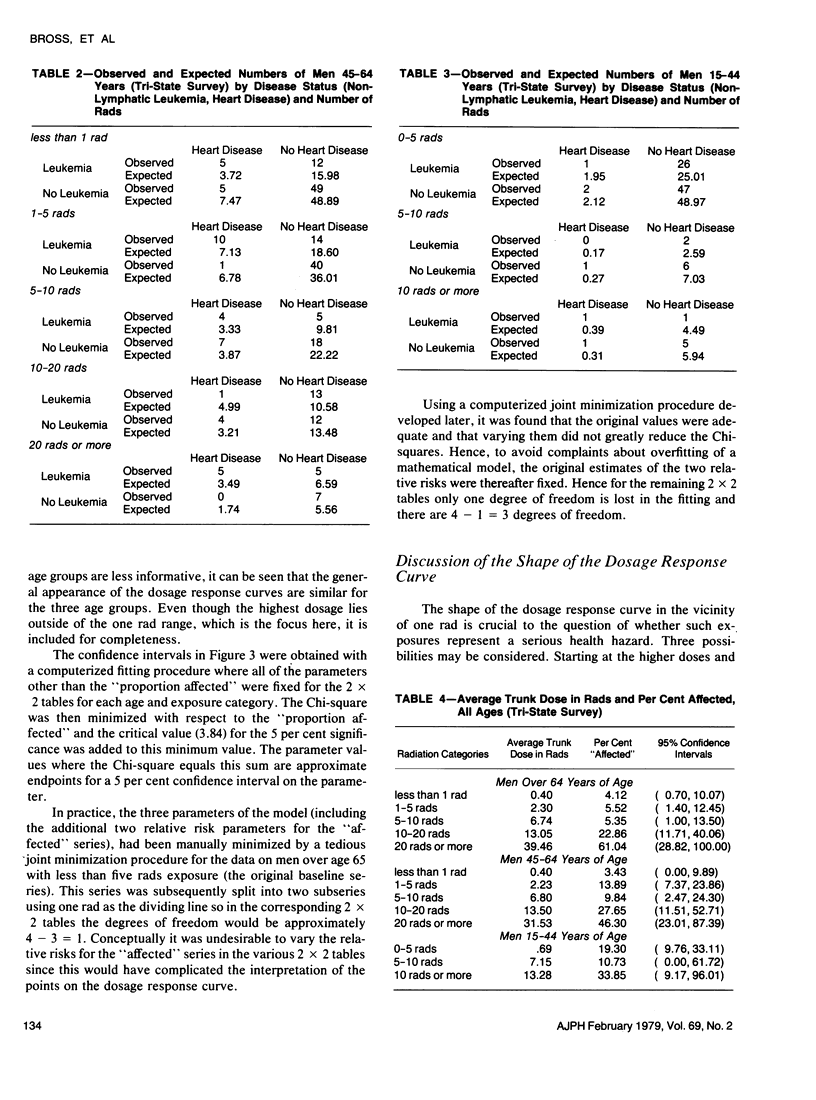
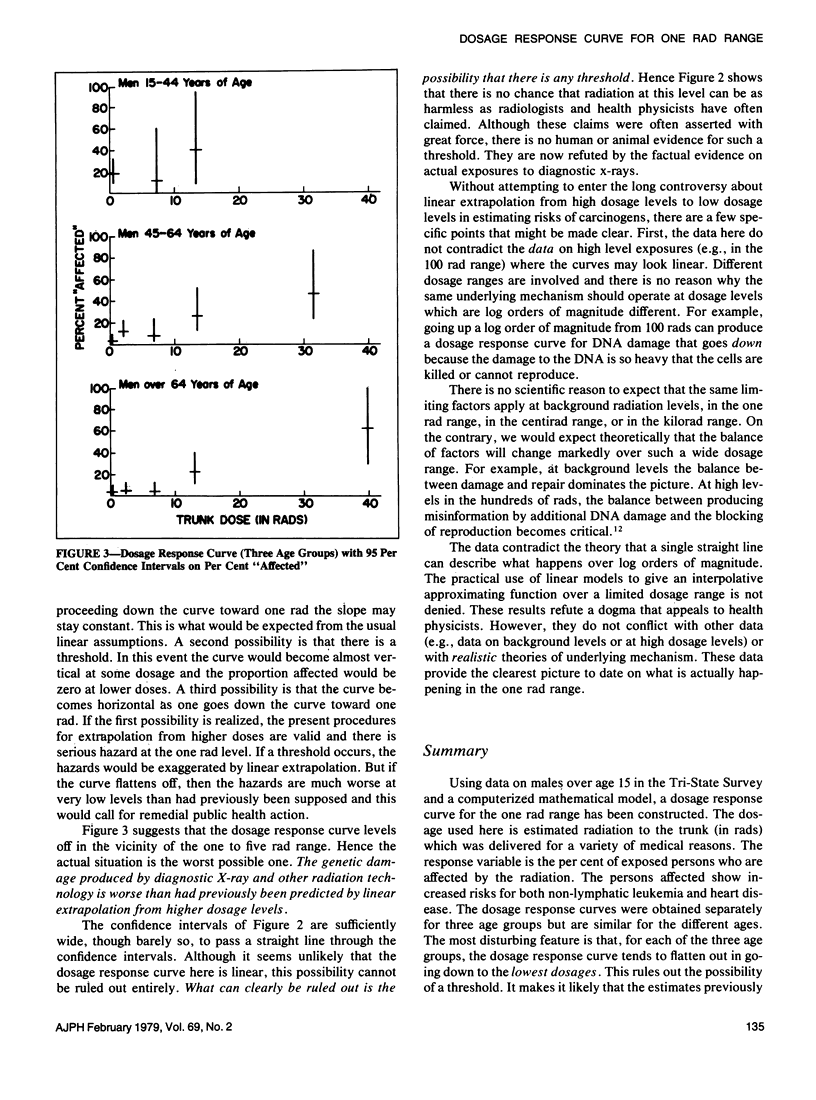
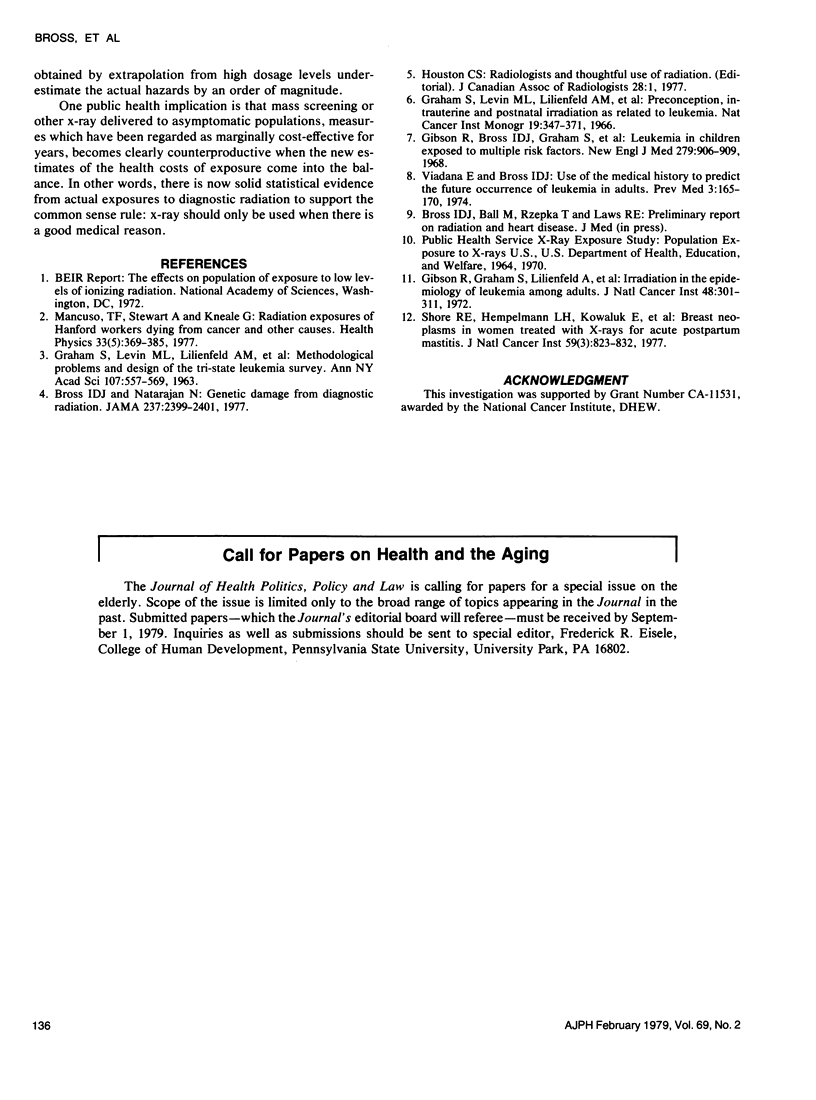
Selected References
These references are in PubMed. This may not be the complete list of references from this article.
- Boice J. D., Jr, Monson R. R. Breast cancer in women after repeated fluoroscopic examinations of the chest. J Natl Cancer Inst. 1977 Sep;59(3):823–832. doi: 10.1093/jnci/59.3.823. [DOI] [PubMed] [Google Scholar]
- Bross I. D., Natarajan N. Genetic damage from diagnostic radiation. JAMA. 1977 May 30;237(22):2399–2401. [PubMed] [Google Scholar]
- Gibson R., Graham S., Lilienfeld A., Schuman L., Dowd J. E., Levin M. L. Irradiation in the epidemiology of leukemia among adults. J Natl Cancer Inst. 1972 Feb;48(2):301–311. [PubMed] [Google Scholar]
- Graham S., Levin M. L., Lilienfeld A. M., Schuman L. M., Gibson R., Dowd J. E., Hempelmann L. Preconception, intrauterine, and postnatal irradiation as related to leukemia. Natl Cancer Inst Monogr. 1966 Jan;19:347–371. [PubMed] [Google Scholar]
- Mancuso T. F., Stewart A., Kneale G. Radiation exposures of Hanford workers dying from cancer and other causes. Health Phys. 1977 Nov;33:369–385. doi: 10.1097/00004032-197711000-00002. [DOI] [PubMed] [Google Scholar]
- Viadana E., Bross I. D. Use of the medical history to predict the future occurrence of leukemias in adults. Prev Med. 1974 Mar;3(1):165–170. doi: 10.1016/0091-7435(74)90072-3. [DOI] [PubMed] [Google Scholar]


